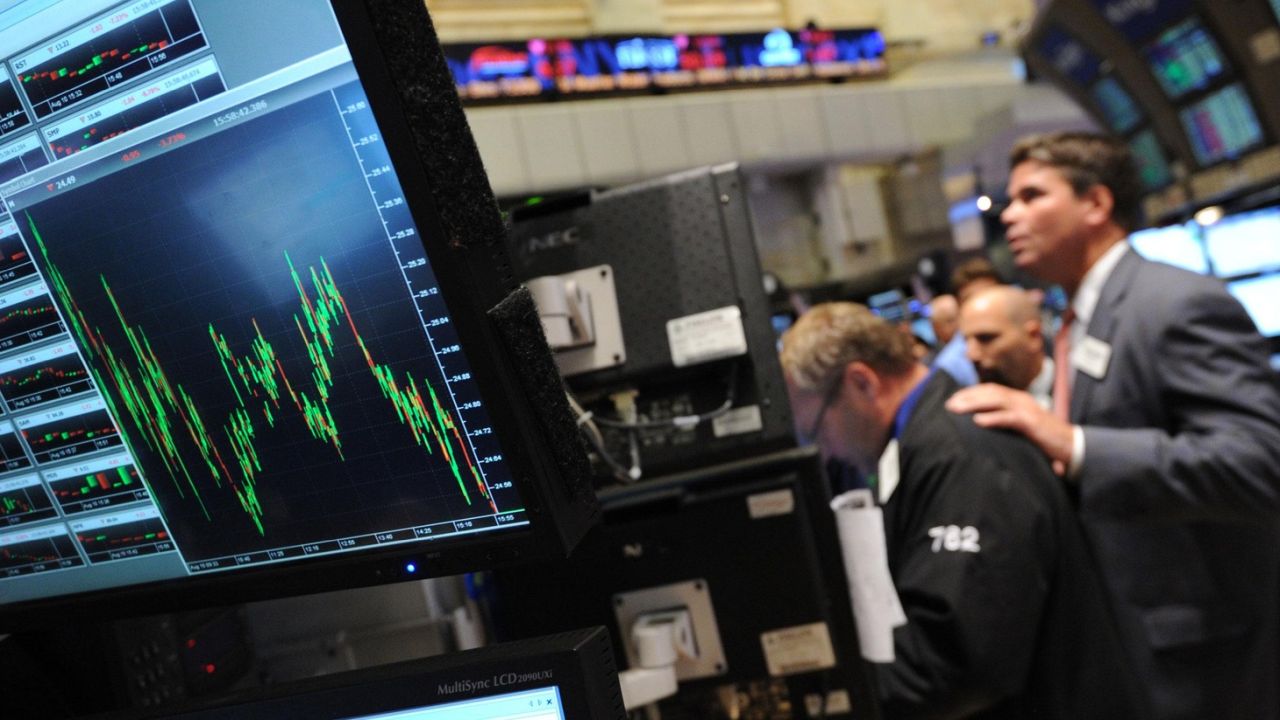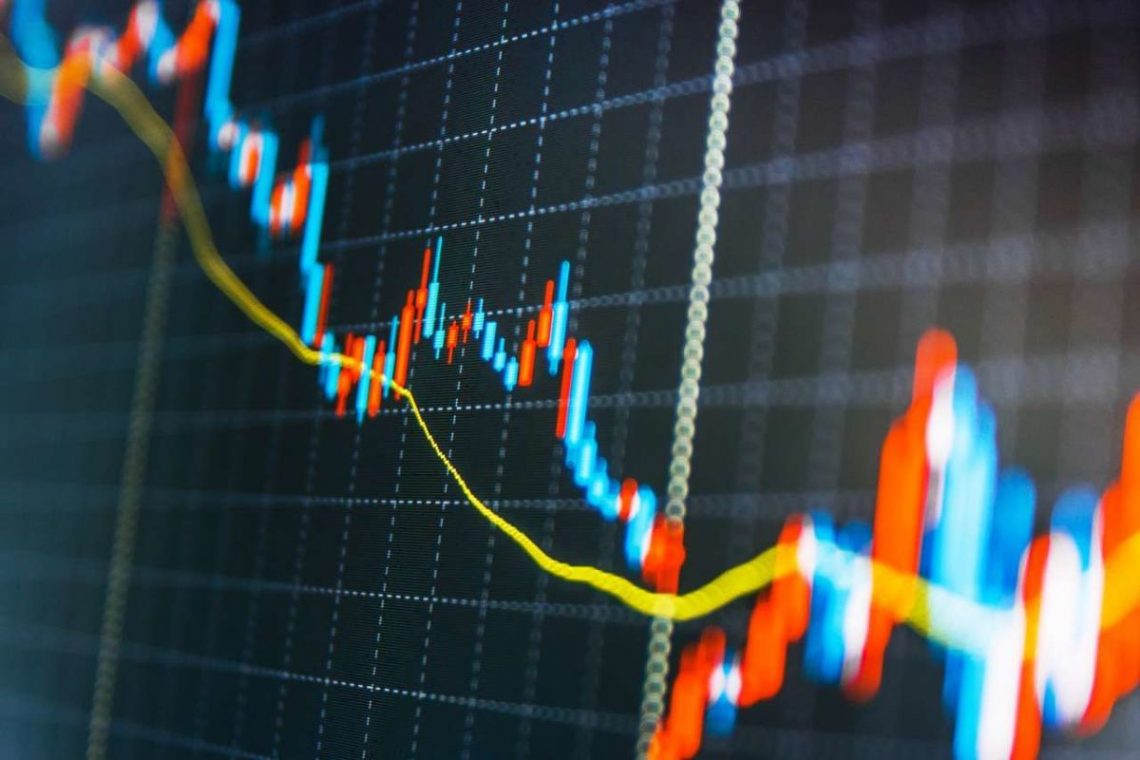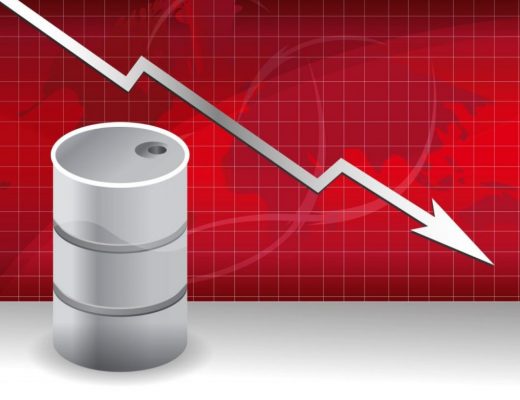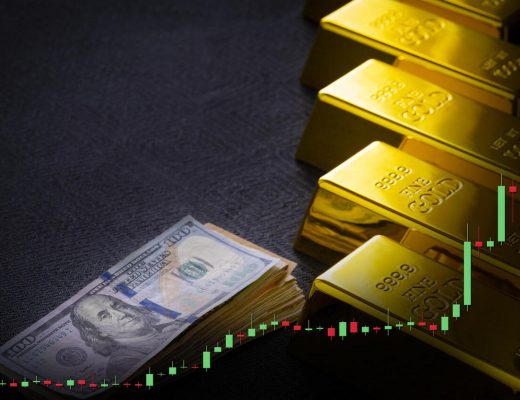Factors affecting stocks in 2020
The year 2020 has become a point of cardinal change for the world market and humanity as a whole. Trends in society and business have radically changed, and the mechanisms that had previously worked have become ineffective. As a result of the pandemic, a number of companies were on the verge of bankruptcy, while some, on the contrary, became extremely popular, and their value soared to record levels. In this regard, experts highlighted the factors affecting stocks.
First among them was the pandemic. In the stock markets, coronavirus is a major factor in the formation of the value of securities and actively influenced all processes last year. The increase in the number of people who got sick forced the governments of countries to introduce various restrictions, which affected the economy. The pandemic and the tension around it led to a catastrophic collapse of the risk capital market. Last March, the value of indices fell by 40%, which is a historic low.
The next factor affecting the market in 2020 was the oil crisis. Falling global demand for the commodity led to a drop in the price of it by almost 80%, and at certain times it was even negative. This led to a drop in the shares of many oil producing corporations and their losses. For example, the capitalization of Exxon Mobil fell by more than 50%, and Chevron – by 39%.

However, there were also those companies that, against the backdrop of ongoing events, managed to achieve record successes. First of all, it concerns the representatives of the technological segment, for which the lockdown significantly increased the number of users of their services. Such giants as Amazon, Alphabet, Netflix rose in just a few days. The shift to remote work and the inability to go places for entertainment has led to the huge popularity of streaming services, video games and messengers for communication and conferences.
The U.S.-China trade relationship also affects the stock market. Bilateral sanctions are affecting companies’ stocks. And as soon as the countries manage to reach an agreement on this or that issue, quotations go up. But as soon as the situation escalates again, we see another collapse.
As for the Russian market, the collapse of the ruble exchange rate occurred after the fall in oil prices. Against the backdrop of the pandemic, it was a critical factor for the economy. However, in the second half of the year, the situation began to stabilize, the market recovered, and the ruble strengthened. In September, Russia was hit by another shock – the U.S. announced sanctions, the reason being the poisoning of Alexei Navalny. As a result, the dollar exchange rate went up again, and investors suspended projects in the national currency.










